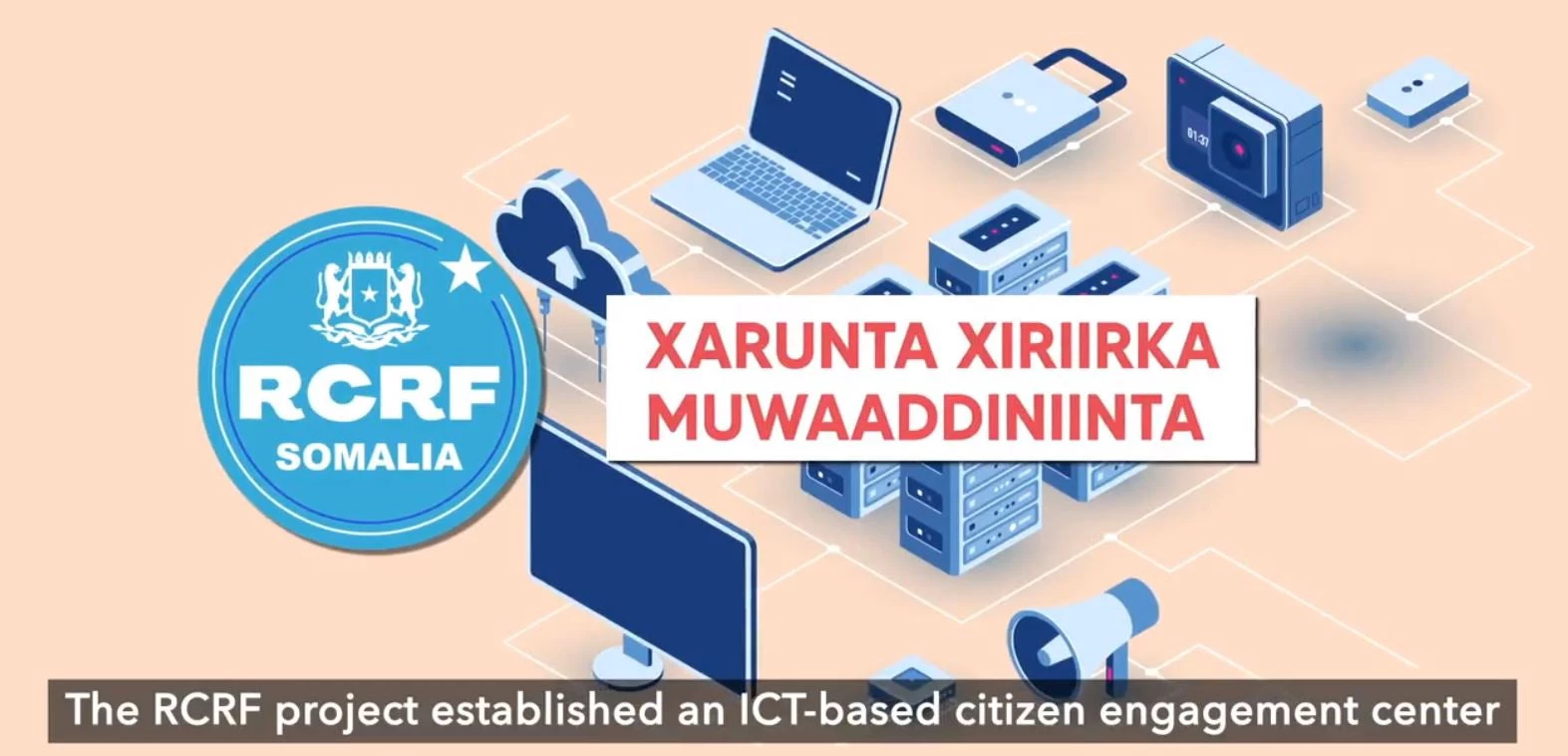 Citizen Engagement Center for female community based health workers in Somalia
Citizen Engagement Center for female community based health workers in Somalia
Somalia is a sparsely populated, fragile, and conflict-affected country where communities are cut off from the delivery of government services due to poor road infrastructure, internal displacement, natural disasters, and ongoing conflict. In this difficult landscape, the Female Health Worker Program—Marwo Cafimaad in Somali—aims to bring primary healthcare services to the doorsteps of these communities.
Marwo Cafimaad program is supported through the World Bank Recurrent Cost and Reform Financing project.
In Somalia’s challenging context, lack of information and feedback among key stakeholders— communities, local governments, female health workers, and the state—significantly hinders the efficacy of government-led service delivery and of development support. The Citizen Engagement Center, a two-way communication call center established by the project in 2021, helps overcome these informational asymmetries by reaching out to the workers and their beneficiaries through text messages, voice calls, or other tools to disseminate information, collect feedback, and directly connect with targeted beneficiary groups.
Through the Citizen Engagement Center, community members are made aware of the availability of government-supported health services at their doorstep through community-based female health workers at no cost. During the pilot phase, the center texted and called pregnant women and household heads to seek feedback on the visits. Pregnant beneficiaries were also reminded about their trimester checkups and were provided with crucial medical information.
Female health workers, on their part, needed to be made aware of the tools and support systems available to them. The engagement center developed a sensitization video that was shared with the female health workers to enable them to use digital technologies, including smartphones, routine data collection, e-learning, and peer-communications applications, through which they can better fulfill their duties to the communities.
Using data from the citizen engagement center, state officials, such as the payroll managers, can determine whether the field staff are indeed working. District health officers get better visibility of performance in providing services to different community members, including hard-to-reach nomadic populations . Results of SMS surveys conducted by the center are periodically shared with the officials to help them understand the challenges that non-performing staff face and design information-sharing campaigns for them.
Finally, the center provides helpful information to development partners, who may not have visibility of community members’ uptake of government services. This allows them to identify gaps where governments or communities may need additional support.

Feedback from beneficiaries not only provide valuable information but also makes their voices heard. ;
“The female health worker was very kind to me and made me understand many things,” writes a pregnant woman from Wadajir District. Another pregnant woman from Bondheere District provides different feedback on her health worker, stating that “she only visited me once.” Male heads of households can also express their needs, such as this message from Dhoobleey District: “The government should supply us with malaria medication because we do not have any."
The CEC has so far reached 7,583 beneficiaries. The response rate averages 64 percent. In the future, the center looks to go beyond direct project beneficiaries. Because of its agility and versatility, the center’s platform is now used for broader purposes, such as responding to emergency needs, security threats, or health emergencies. The center’s shortcode will be advertised to a larger audience.
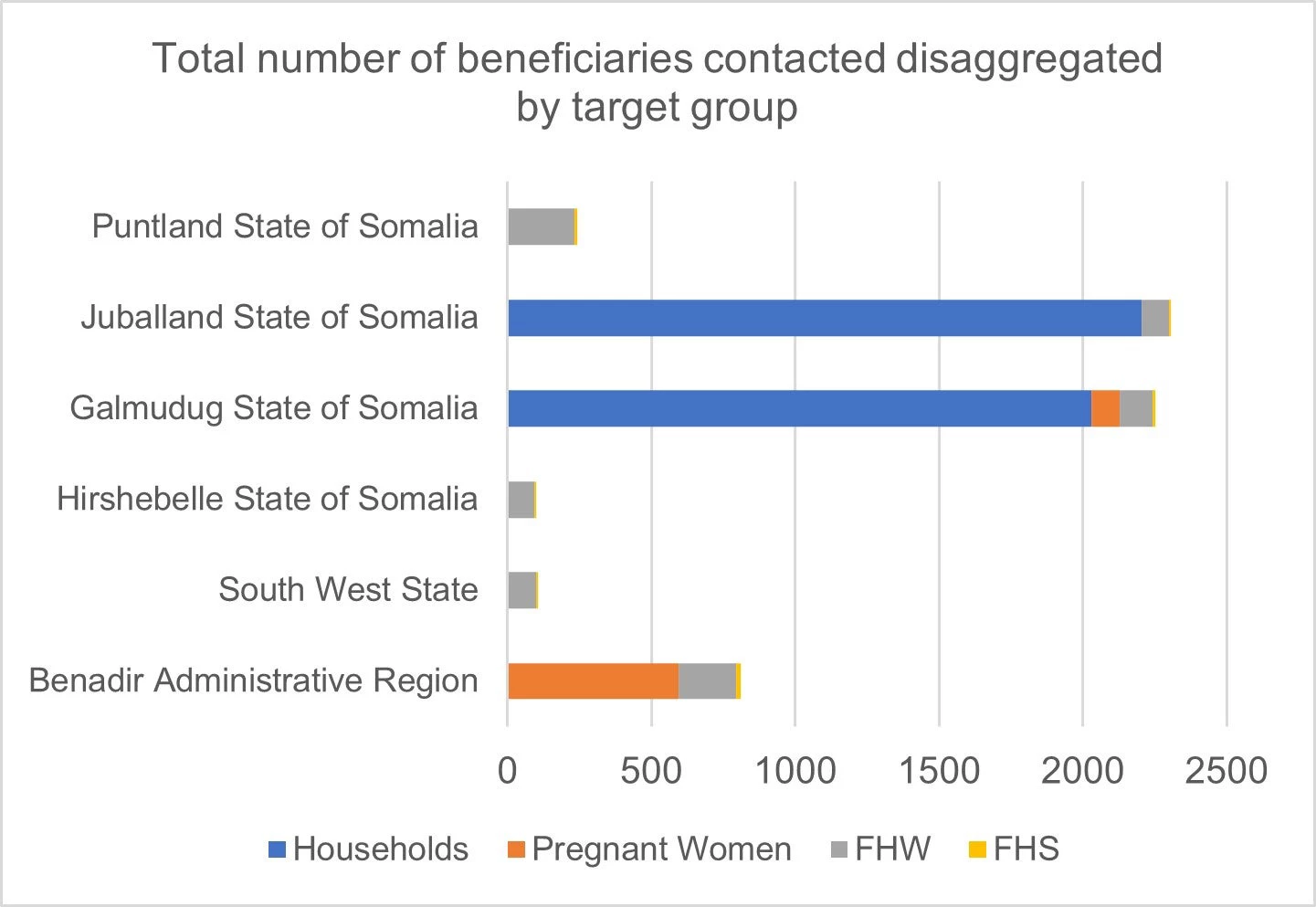

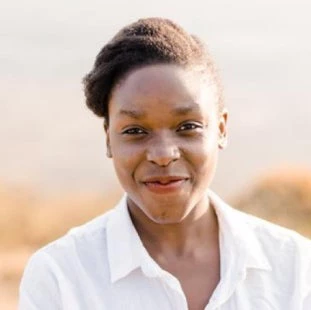
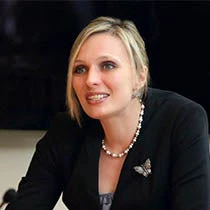
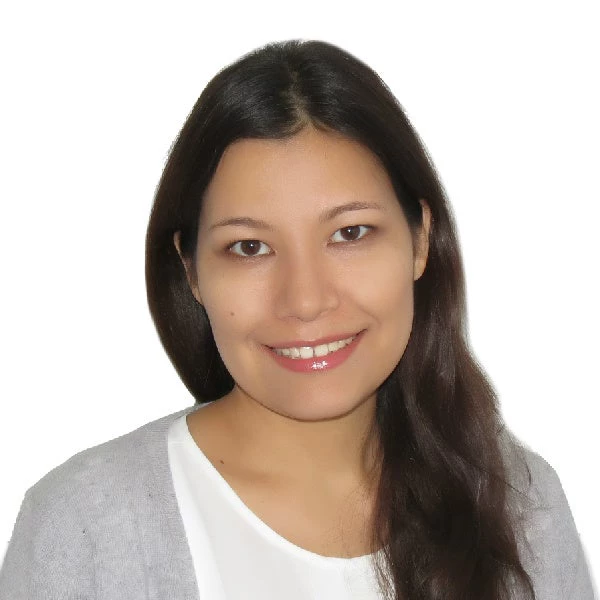
Join the Conversation